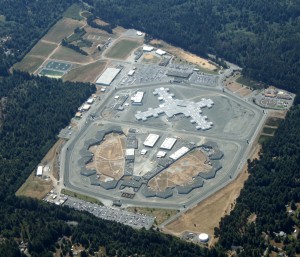The department sent out a statement about 10 minutes ago:
SACRAMENTO – Today, Matthew Cate, Secretary of the California Department of Corrections and Rehabilitation (CDCR), announced that inmates at Pelican Bay State Prison have ended their hunger strike.
“Hunger strikes are a dangerous and ineffective way for prisoners to attempt to negotiate,” Secretary Cate said. “This strike was ordered by prison gang leaders, individuals responsible for terrible crimes against Californians, and so it was with significant and appropriate caution that CDCR worked to end the strike. We will now seek to stabilize operations for all inmates and continue our work to improve the safety and security of our prison system statewide.”
Inmates at Pelican Bay’s Security Housing Unit (SHU) initiated the hunger strike on July 1, 2011. They stopped the strike on July 20 after they better understood CDCR’s plans, developed since January, to review and change some policies regarding SHU housing and gang management. These changes, to date, include providing cold-weather caps, wall calendars and some educational opportunities for SHU inmates.
The statement doesn't say anything about strikes reportedly going on at three other prisons: Corcoran, Tehachapi, and Calipatria.
Yesterday, in my interview with California Watch reporter Michael Montgomery, who has covered the state's prisons for many years, I asked him if any hunger strike by prisoners had ever resulted in concessions from authorities.
"I'm not aware of any in California," he said. "Some of the inmates who participated in the strikes 10 years ago and nine years ago say they were issued promises from the CDCR that weren't fulfilled."
Since one of the primary reasons that the strike started was over how prisoners are "validated" by the authorities as being associated with one of seven prison gangs, I also asked him if some inmates felt like such an affiliation was necessary for reasons of protection. Listen to his answer or read a transcript after the audio:
